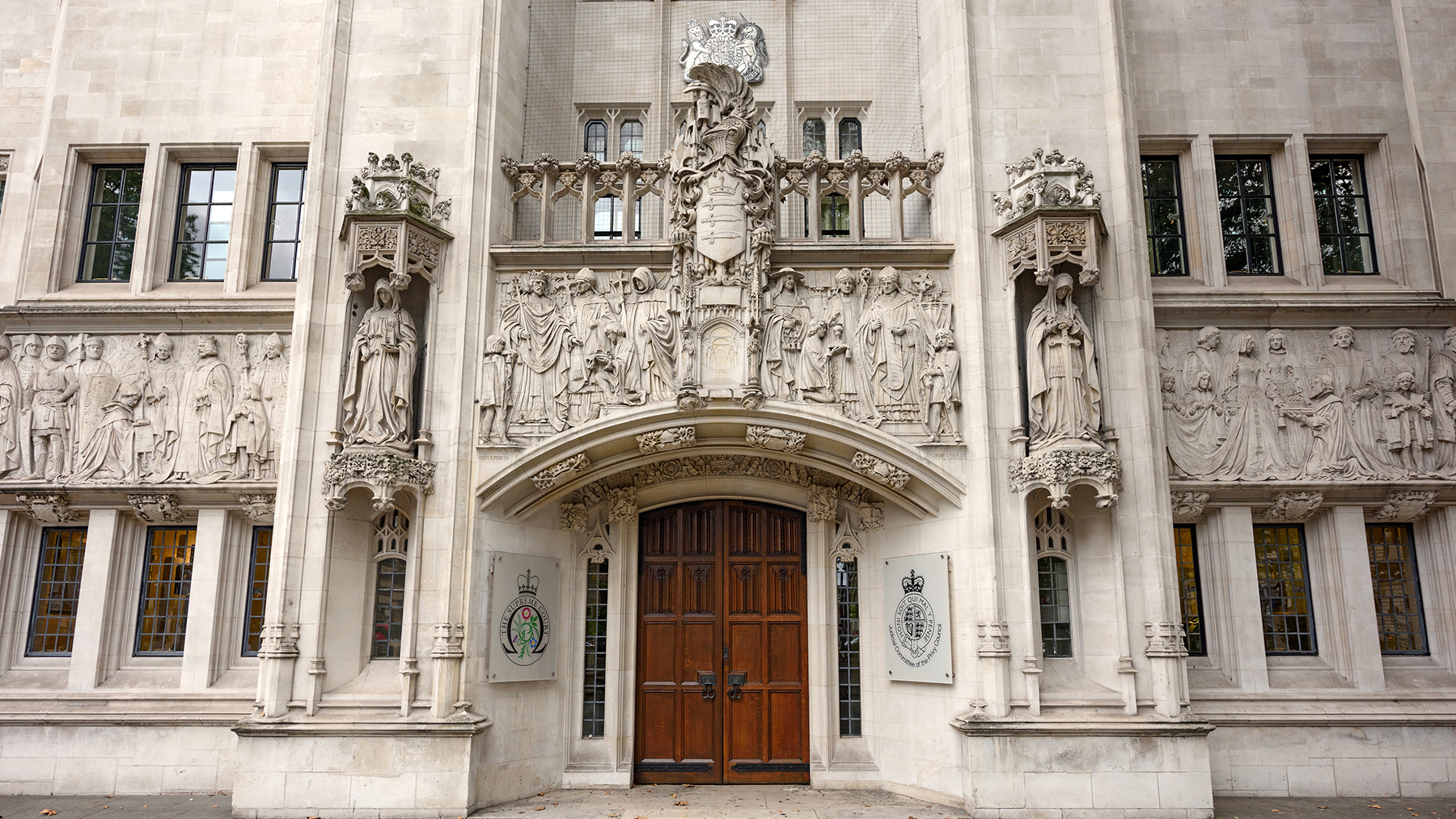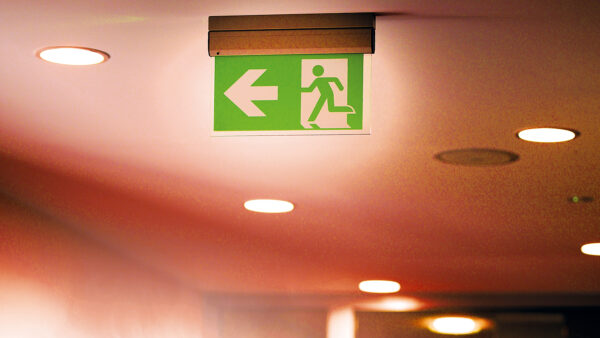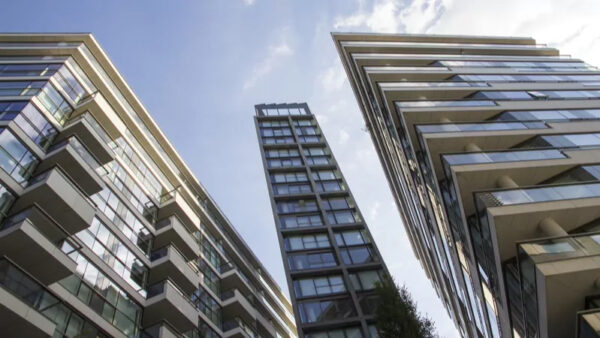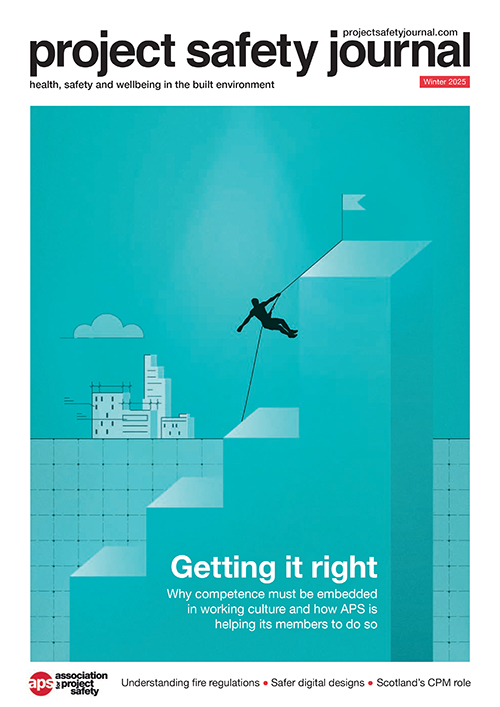The Supreme Court has delivered its judgment in the case of URS Corporation Ltd v BDW Trading Ltd, providing clarity on UK building safety legislation and principles around the duty of care and recoverable losses in the tort of negligence. Robert Adjetey and James Walsh of law firm Osborne Clarke set out the implications.

During its investigations following the Grenfell Tower fire, BDW, a Barratt Redrow company, discovered structural design deficiencies in two high-rise residential buildings it had previously developed, but no longer owned.
Its investigations concluded that the defects posed a serious safety risk to the occupants of the buildings. It therefore carried out remedial works to rectify the defects, despite not having received any defect claims from third parties. At the time, any claims against BDW by homeowners under the Defective Premises Act 1972 (the DPA) would have been time-barred, as the Building Safety Act 2022 (BSA), and its extended limitation periods under the DPA, had not yet been introduced.
BDW sought to recover the costs of remedial works from URS, the structural engineering consultant responsible for the buildings’ original designs.
During the course of the proceedings against URS, the BSA came into force, retrospectively extending the limitation period for claims under section 1 of the DPA from six years to 30 years. This fundamental change in legislation precipitated BDW to make several significant amendments to its claim:
- Amendment to its claim in negligence such that, at the time that BDW incurred the costs of remedial works, it was subject to in-time liabilities to homeowners under the DPA.
- Alternative claim against URS directly under the DPA.
- Further alternative claim against URS in contribution pursuant to the Civil Liability (Contribution) Act 1978 (the Contribution Act).
Grounds of appeal and the judgment
The grounds of appeal before the Supreme Court essentially concerned the viability, in principle, of BDW’s reformulated case against URS. The four grounds to be decided were:
Ground 1: Can a voluntary act (to remedy defects) lead to a recoverable loss in a negligence claim?
In negligence claims, liability for a defendant’s actions is limited to damages that were reasonably foreseeable as a result of their breach of duty. URS argued that BDW’s remedial work was voluntary since BDW no longer owned the developments and was not, at the time, subject to an in‑time liability to third parties.
The justices did not find an established principle of “voluntariness” rendering loss too remote or outside the scope of the duty of care in negligence cases. They concluded that BDW had had no realistic alternative but to remediate due to the risk of personal injury or death (and associated reputational considerations).
In considering the homeowners’ rights against BDW and the fact that it would have had a limitation defence, the justices emphasised that a pleaded limitation defence bars the remedy (ie, a successful claim) but does not extinguish the right (ie, the grounds for a claim). Therefore BDW was under no obligation to exercise a limitation defence in respect of liability to homeowners under the DPA.
Accordingly, BDW succeeded on Ground 1.
Ground 2: Do the BSA’s extended limitation periods apply only to claims made directly under the DPA?
URS argued that the extended 30-year limitation period applied only to
claims made directly under the DPA.
The justices disagreed, stating BDW’s negligence and contribution claims were partly dependent on the fact that BDW was itself liable to others under the extended DPA limitation period.
They noted that excluding claims dependent on (but not brought directly under) the DPA would deprive developers of equal rights of recovery against ultimately responsible parties, when compared to the liability it owed to homeowners. This would introduce a “split regime” which would surely be contrary to the legislation’s purpose.
Ground 3: Did URS owe a duty to BDW under the DPA?
URS contended that the DPA is consumer legislation aimed at protecting individual homeowners, not developers. It argued BDW could not simultaneously owe and be owed a duty under the DPA.
The justices disagreed, finding no reason why a developer cannot be both a provider of a duty (ie, to homeowners) and a person to whom a duty is owed (ie, by its professional team/subcontractors) under the DPA. It was found that URS owed a duty to BDW under section 1 DPA on the basis that URS had taken on work, to BDW’s order, for or in connection with the provision of a dwelling.
Ground 4: Was BDW able to bring a claim against URS under the Contribution Act?
The justices held that the right to claim under the Contribution Act arises when: (i) damage has been suffered by a claimant (the homeowner(s)) for which the first defendant (BDW) and the second defendant (URS) are each liable); and (ii) the first defendant has paid or been ordered or agreed to
pay compensation for the damage to the claimant.
Here BDW had made payment in kind for the damage suffered by the homeowners through carrying out the repairs, discharging its liability to the prospective claimant(s). The fact that there had been no judgment against BDW, admission of liability, or settlement agreement between BDW and any homeowners, nor even any claim against BDW, did not prevent it from seeking contribution from URS.
Implications
This case provides significant clarification as to the viable routes of recovery available to developers in respect of historic building safety issues, both in negligence and under UK legislation. The courts indicated a willingness to take a wide view of obligations under the DPA in the context of building safety, in order to give effect to the legislative intent behind the BSA.
Developers may now be more inclined to carry out remedial work without the formalities of a judgment or settlement, confident that they have a potential route to recovery from those responsible.
Conversely, the judgment confirms the expanded scope of historic liability for subcontractors and professional consultants under the BSA. In particular, the 30-year limitation period for works completed before 28 June 2022 is likely to cause concern as this will often double the contractual limitation period that the parties had agreed. In some circumstances, due to the passage of time, the documentary and witness evidence available may be limited.
Consultants and contractors should be reassured that this judgment only represents a confirmation of the pathways available to prospective claimants. Claimants would still need to demonstrate a defendant’s liability in respect of alleged building safety issues at trial (which was yet to take place in this case – the appeal having been heard on the basis of assumed facts).
Issues such as causation and mitigation would also need to be addressed – these are equally as factually sensitive and dealt with on a case-by-case basis. A developer will still, for example, have to show that it acted reasonably in the steps it took to deal with defects.
While the scope of claims available to developers has unquestionably been expanded, prospective claimants may find that bringing historic claims is not free from difficulties, particularly from an evidential perspective. Prospective defendants should be encouraged to proactively review and audit historic contractual portfolios and their associated risks, rather than waiting until a claim is received.
BDW was represented by Osborne Clarke. Robert Adjetey is a partner in Osborne Clarke’s construction and engineering disputes team and James Walsh is a senior associate in its construction and engineering disputes and risk team.












